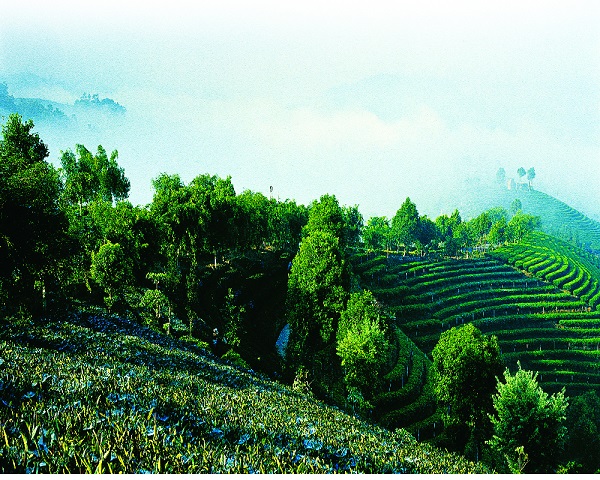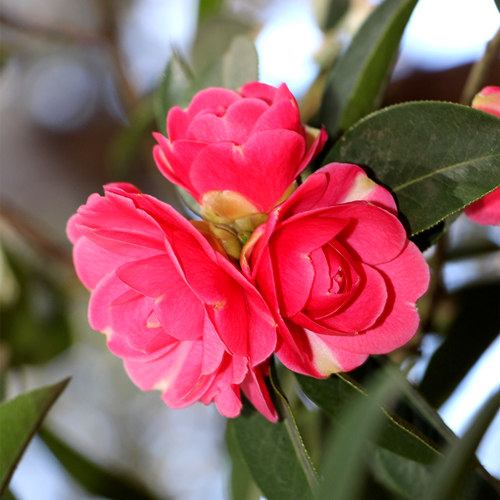
Detailed Introduction to Ximeng County of Pu'er
Ximeng Va Autonomous County (西盟佤族自治县) is a charming region in Pu'er City, Yunnan Province, China. Known as the "home of the Va people," Ximeng is celebrated for its cultural heritage, pristine natural landscapes, and strategic location near the China-Myanmar border. The county offers a unique blend of history, ethnicity, and ecological diversity, making it a fascinating destination.
Geographical Location and Climate
Ximeng County is situated in the southwestern part of Pu'er City, bordering Myanmar to the west. It covers an area of approximately 1,395 square kilometers.
Latitude and Longitude: Located between 99°22′ and 99°51′ E and 22°33′ and 23°02′ N.
Elevation: The terrain is diverse, with elevations ranging from 900 meters in river valleys to over 2,400 meters in mountainous areas.
Climate: Ximeng experiences a subtropical monsoon climate, characterized by mild temperatures, distinct wet and dry seasons, and lush greenery throughout the year.
Historical Background
The Va people have inhabited the region for centuries, and Ximeng County is central to their cultural and historical identity. In 1965, Ximeng was officially established as a Va Autonomous County to recognize the contributions and heritage of the Va ethnic group.
The county’s history is intertwined with the ancient Tea Horse Road, which facilitated trade and cultural exchange between China and Southeast Asia.
Economic Overview
Ximeng’s economy is primarily based on agriculture, forestry, and tourism, with efforts to integrate modern industries while preserving its ecological and cultural resources.
1. Agriculture
Agriculture is the backbone of Ximeng’s economy, with major products including:
Tea: Known for its high-quality Pu'er tea, cultivated in the fertile highlands.
Coffee: Emerging as a specialty product in the region.
Rubber: A key cash crop that contributes to the local economy.
Fruits: Tropical fruits like mangoes, bananas, and pineapples thrive in the county’s climate.
2. Forestry
Ximeng’s rich forest resources are vital for timber, biodiversity conservation, and eco-tourism development.
3. Tourism
With its unique Va culture and stunning natural landscapes, Ximeng is becoming a significant destination for cultural and eco-tourism.
Ethnic and Cultural Heritage
Ximeng County is home to a predominantly Va ethnic population, with additional representation from the Han, Dai, and Hani ethnic groups. The Va culture is deeply rooted in the region’s traditions, music, and festivals.
Va Wooden Drum Culture: The wooden drum is a sacred symbol of the Va people, used in rituals, festivals, and communal gatherings.
Spring Planting Festival: Celebrates the beginning of the agricultural season with songs, dances, and traditional ceremonies.
Va Traditional Clothing: The Va people are known for their distinctive black and red attire, adorned with silver ornaments.
Tourist Attractions
Ximeng offers a range of attractions that highlight its natural beauty and cultural richness.
1. Wooden Drum Square
This iconic site showcases giant wooden drums and serves as a venue for cultural performances and festivals.
2. Tropical Rainforests
Ximeng’s forests are home to diverse flora and fauna, offering opportunities for eco-tourism and nature exploration.
3. Va Ethnic Villages
Traditional villages provide visitors with immersive experiences in Va customs, cuisine, and daily life.
4. Nanlei River
A scenic river that winds through the county, perfect for boating, fishing, and relaxation.
5. Border Culture and Trade
Ximeng’s location near Myanmar provides opportunities to explore cross-border markets and cultural exchanges.
Transportation
Ximeng’s transportation infrastructure has improved significantly in recent years, enhancing accessibility:
Roads: Highways connect Ximeng to neighboring counties and Pu'er City.
Air Travel: The nearest airport is Pu'er Simao Airport, approximately 4 hours by road from the county.
Cross-Border Access: Ximeng serves as an important point for trade and cultural interaction with Myanmar.
Development Prospects
Ximeng County is focused on sustainable development, leveraging its cultural and natural assets to promote growth:
Cultural Tourism: Highlighting Va traditions and festivals to attract domestic and international visitors.
Eco-Tourism: Developing initiatives that protect the environment while providing unique travel experiences.
Agricultural Diversification: Promoting organic farming and specialty products like tea and coffee.
Infrastructure Enhancement: Continuing to improve transportation and con



